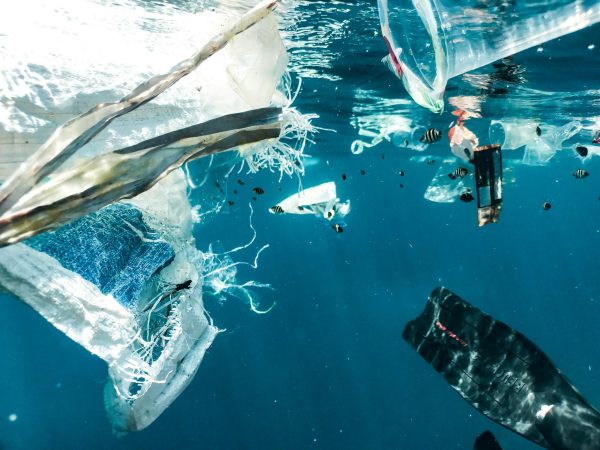‘The Bloodhound’: How to Drive Faster than a Plane
On November 6th, the ‘Bloodhound LSR’ (Land Speed Record) zoomed across a 20km test track on Hakskeen Pan, South Africa at an astonishing speed of 805km per hour. According to the Bloodhound’s pilot Andy Green, the change in wheel grip is evident from around 300 to 400 km per hour. This means that above those speeds, it gets increasingly harder to actually control the vehicle.
But slipping is just one of the many problems that the UK-based engineering team behind the project had to face when creating the vehicle.
The idea was first proposed in 2006 by Lord Drayson, the Minister of Science in the UK at the time. It was then unveiled to the public on October 23rd, 2008 at the famous London Science Museum. The team set a lofty goal – to beat the current land speed record, which was set at 1,228km per hour by a margin of 33%. In other words, they aimed to reach speeds of 1,690km per hour. For reference, the average commercial aircraft cruises at speeds between 740 to 930 km per hour.
As you might imagine, the design of the car was one of the biggest challenges. Engineers ultimately used a combination of automobile and aircraft technology. This meant that they really pushed the boundaries of our knowledge by combining our understanding of materials, shapes and much more in each sub-field. The final design resembles a pen, with a pointed front and length 12.9m (compared to the significantly smaller width and height of 2.5m and 3m respectively). Although it considers many other factors, the main reason for this structure is related to the aerodynamics of the vehicle. Having a pointed front and curved surfaces reduces the drag force, which is incredibly vital for something moving at such fast speeds. If you have looked closely at the shape of an airplane, you may have noticed that these curves exist on it as well. Furthermore, the material used is very important. The front section is made of carbon fiber, while the back uses a metal framework. A major aspect when considering the material is the fact that as the roughness and surface area of the vehicle increases, so will the drag force.
You may be wondering how they will reach such incredible speeds. Well, it uses both a jet engine and a rocket engine. However, this means that it is actually very heavy, at 6.4 tons – another issue for the engineers. However, such a powerful method of thrust is necessary to reach their goal. Using these engines, the Bloodhound is designed to be able to go from rest (not moving) to 1,609km per hour in just 42 seconds. During this acceleration phase, Andy Green will feel approximately 2.5g – meaning two and a half times his body weight. This increases to about 3g during deceleration. An average person can withstand up to 5g until blacking out. It is important to remember that at such high speeds, even a small mistake by the pilot or the team who designed the vehicle could lead to disastrous consequences.
Lastly, you may be wondering: how does this vehicle stop? There is no easy solution to this. The final version uses three different methods in unison to come to a halt. Firstly, airbrakes (flat surfaces that flap out of the vehicle) increase the drag force through the increase in the surface area mentioned beforehand. This is not enough though, and so the next phase (from around 965km per hour) makes use of parachutes. These must be deployed at just the right time, too early and they will break from the immense speed, too late and well – it’s too late. Finally, disc brakes (clamps used to create friction between the wheel shaft) are used once the car is below 400km per hour, to reach a stop.
This breaking system was tested on November 13th of this year, and according to Swansea University researcher Dr. Ben Evans, the data looks good. If all continues to go to plan, the ‘Bloodhound LSR’ should attempt to break the record either next year or in 2021. The project really pushes and makes use of our current knowledge of motion dynamics and vehicle design. We will have to wait and see if it lives up to its excitement, but I am confident that it will.
(thumbnail from Wikimedia Commons by Jules1982)








